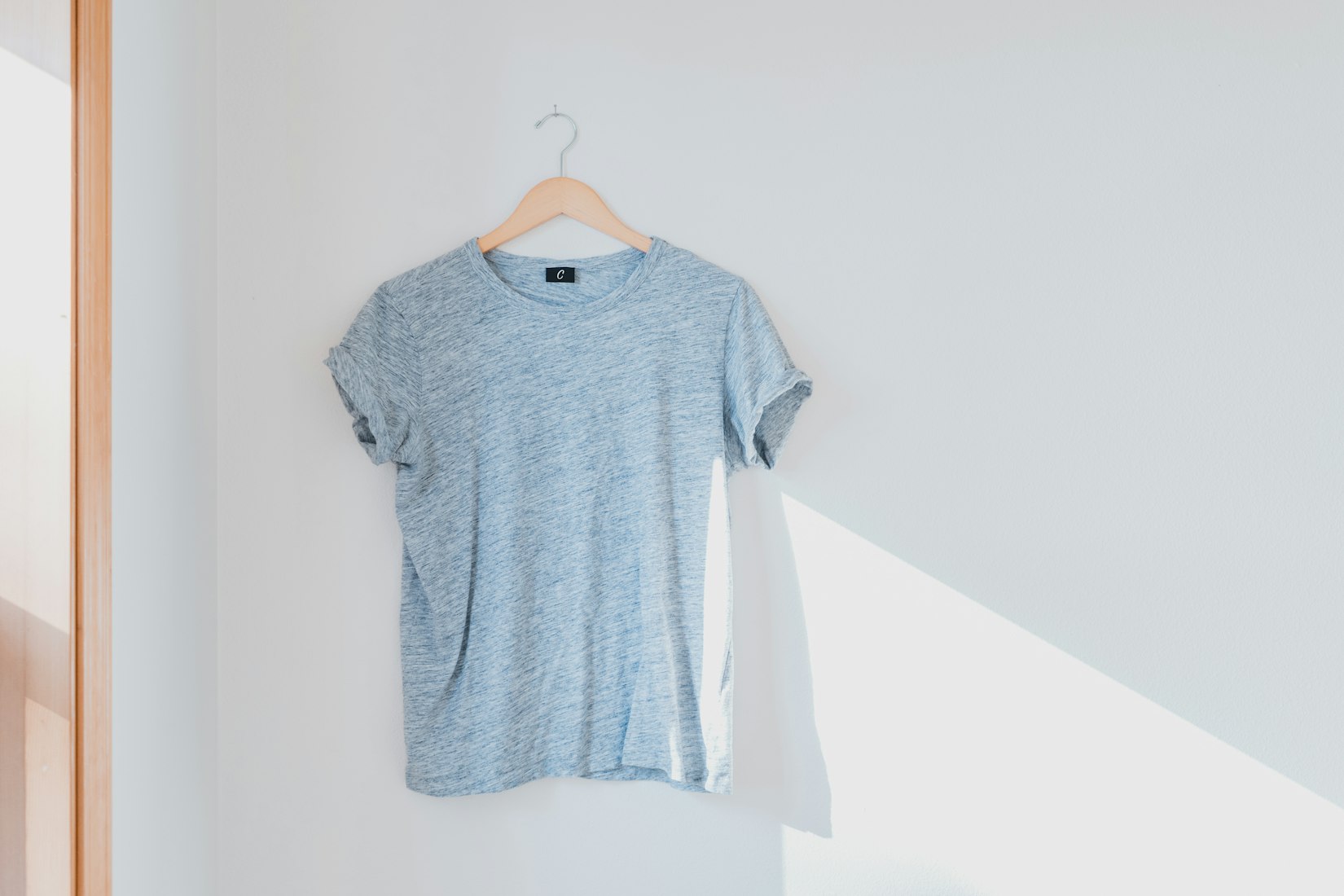Your Cart is Empty
Product Title
€20.00
Select variant
Select size
Description
This is the place where the product description will appear if a product has one.



This is the place where the product description will appear if a product has one.
| Stick packs and canisters now available in the US only | Free shipping on orders over $50
|
| Stick packs and canisters now available in the US only | Free shipping on orders over $50
|
July 31, 2021 4 min read
Did you know that there are about 40 trillion bacterial cells in your body and only 30 trillion human cells? So by that logic, you are actually more bacteria than human.Mind. Blown.And when we think about the word “bacteria”, we usually associate it with sickness or disease, right? But there are actually billions ofbeneficialbacteria present in your body, too.
Enter the microbiome: known as the “community of microbes” or the internal ecosystem collectively made up of bacteria, viruses and fungi that benefits our gut health and immune system.‡ There are even differentspecies of bacteria that all play a different role in your body to ensure your digestive system is running smoothly, hormone levels are balanced and your brain is working properly.‡ So, it’s safe to say that you the health of your microbiome is important is a major understatement.
The word “microbiome” itself tells you a lot about this crucial ecosystem with “micro” meaning small, and “biome” meaning habitat of living things. What’s more is that it has very far-reaching roles that affect a multitude of bodily functions. In fact, many diseases can be traced back to the overall health of the microbiome. Diseases such as dementia, arthritis, heart disease and leaky gut syndrome are among the few that are a result of poor gut health.
So what are some factors that affect your gut health? Well, in truth, along with changes in the environment, we help shape our own microbiomes. Factors such as how often you sleep, foods you eat, stress levels and the amount of bacteria you are exposed to all help contribute to the functionality of your gut health.‡
Since a lot of diseases are tied to poor gut health in some way, it’s incredibly wise to take care of it. And now that we know what affects the microbiome, we can take the proper steps needed to improve it.
Due to the fact that much of our immune system lives in our gut and is the primary region where inflammation begins, what you eat directly relates to the health of your microbiome.‡ What are the best foods for a healthy gut microbiome? Well, you can start by eating probiotics and food that support anti-inflammatory response as well as doing your best to lower stress and incorporate daily exercise into your routine.‡
For this article, let’s focus on the best foods for a healthy gut microbiome.
According to Dr. Axe, there’s an inextricable link between a person’s microbiota, digestion, body weight and metabolism.‡ In an analysis of humans and 59 additional mammalian species, microbiome environments were shown to differ dramatically depending on the species’ diet.‡
Not surprisingly, you’ll want to concentrate on natural foods to increase good bacteria and help maintain inflammation response in your gut. This includes things like fermented and anti-inflammatory foods, foods that are high in antioxidants, clean protein sources or protein supplements, and probiotics to name a few. With that being said, here’s a list of foods that you can introduce in your daily diet to promote a healthy gut microbiome‡:
You’ll want to aim for about four to five servings a day and concentrate on including carrots, broccoli, cauliflower, dark leafy greens like kale and spinach, beets, peas, squash, apples, blackberries, blueberries, strawberries, cherries, grapefruit, pomegranates, nectarines, pears and plums.
The process of fermenting usually involves bacteria or yeasts converting the sugars in food to organic acids or alcohol. Foods and beverages like kombucha, kimchi, kefir, yogurt, cultured vegetables and kvass contain good bacteria and help fight bad bacterial strains.‡
Whole grains are good as they contain beta-glucan (a non-digestible carb), these carbs bypass the small intestine and are broken down by the microbiota in the large intestine instead, promoting growth of beneficial bacteria.‡ This includes foods like ancient grains, sprouted grains, anasazi beans, black rice, chickpeas, black beans, lentils black-eyed peas, buckwheat, and quinoa.
Ginger, basil, thyme, oregano, teas and other adaptogenic herbs can all help promote a healthy gut.
Look for foods that are high in omega-3 fatty acids like wild-caught fish, grass-fed meat, eggs, grass-fed butter, extra virgin olive oil, nuts and seeds and dark chocolate in moderation.
While it is great to add dietary supplements and foods in your daily routine, it’s also important toavoid foods like added sugars and artificial sweeteners, refined vegetable oils like canola and corn oils, refined carbohydrates like white breads, trans fats found in processed and fried foods and pasteurized dairy products. Choosing the best foods for a healthy gut microbiome as mentioned in this list is a great way to improve your overall health and wellness.
The more we pay attention to and understand our gut, the better we can care for it. Because we know that prevention is a much easier route than treatment when it comes to our health.
[LIONS_MANE_CANISTER] [CHAGA_STICKS] [REISHI_STICKS]